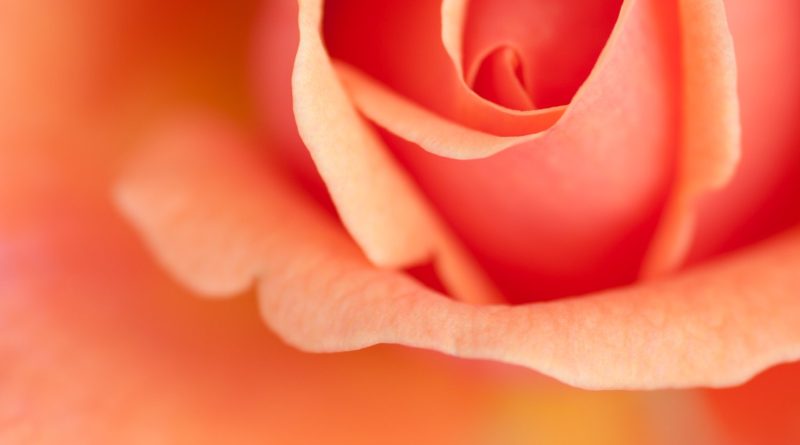Micro Photography Tips
Whether you’re just beginning or an experienced photographer, there are many tips you can use to help improve your micro photography. These tips will help you get the most out of your equipment, as well as your ability to capture the details you want.
Longer Focal Length Lens
Using a longer focal length lens can increase the magnification of your subjects. It will also make objects appear closer to your subject. The resulting image is less distorted.
A longer focal length lens will also provide a shallow depth of field. This shallow depth of field can be useful for photographing small objects. When using a longer focal length lens, you will be able to get rid of most background clutter. A longer focal length lens may also allow you to shoot from a distance without having to get very close.
The size of objects that you can photograph is directly related to the focal length of your lens. This is because a longer focal length lens will create a narrower angle of view. This will make the subject seem closer and larger.
Bellows
Using bellows in your macro photography has many benefits. First, you can get closer to your subject. Second, you can take extreme closeup images. Third, you can save space in your camera bag. And finally, you can get more magnification.
A bellows unit is a variable extension tube that is used to get more magnification from your lens. It is best used with a manual aperture control lens.
It is not uncommon to see bellows used in macro photography. They are typically used with Arca-type tripod heads, but they can be used with any tripod head. It is a good idea to buy a bellows unit from a leading manufacturer.
A bellows can be used to take extreme closeup images. It can be used to tilt shift focus and can even be used to revive an old lens.
Diopters
Using diopters in micro photography opens a whole new world of subjects to photograph. It’s not enough to simply use a macro lens. You need to incorporate a split field diopter into your shot design.
A diopter is a simple lens that magnifies the image. They can be attached to any lens. They are typically cheap and easy to carry. However, they can vary in image quality.
Diopters are especially useful with zoom lenses with minimum-focusing distances that are far away. They can also be useful with fixed-lens cameras without a macro option. When using diopters, cinematographers often shoot at a “deep stop” to compensate for the diopter’s effect.
Diopters also have the advantage of being inexpensive, portable and easy to carry. However, they can have a negative effect on image quality. In particular, they can add chromatic aberrations, which can appear as blue fringing of edges.
Close-up Photography vs Microphotography
Oftentimes, people confuse macro and micro photography, and this can be confusing for new photographers. Macro refers to a large object, while micro refers to a small object. These two terms may sound similar, but the difference is in the details.
Macro photography is the art of taking a super close-up of an object, and it does this with an amazing amount of detail. A micro photograph is not as detailed. A macro photograph of a butterfly, for example, will show the butterfly relative to the leaf it is resting on.
Both macro and micro photography allow you to capture small things that you otherwise wouldn’t see. When you photograph an insect, for example, you’ll see a pattern in its eye. It’s also possible to photograph an insect’s hairs.
Getting The Best Results
Getting the best results from micro photography requires some time, money, and a little practice. If you have the right equipment, it can be a beautiful way to look at tiny details of nature and the world around you. However, it can also present some challenges in post-production. Here are a few tips to help you get started.
The first thing you need to do is choose a camera that is capable of shooting micro photos. You may want to invest in a microscope or a camera with a microscope attachment. This will help you to get close and capture the details of the subject.
A micro lens will help you to get great detail and zoom capabilities. You can also use a magnifying glass to get closer.

